In Amazon Prime Video’s horror film ‘House of Spoils,’ a chef walks into the unappetizingly buggy world of witchcraft, setting up the perfect stage for maddening thrills. Ariana DeBose’s unnamed protagonist — peculiarly referred to as the Chef — quits her job as the protégé of the renowned Marcello as she aspires to open her own restaurant. As a result, she partners up with Andreas and moves into a remote ivy-ridden house to transform the place into a fine dining destination. However, the house’s walls and the garden in its backyard hold many secrets that eventually come out to haunt her.
Bridget Savage Cole and Danielle Krudy’s film maintains a sense of secrecy throughout its narrative, luring viewers into witnessing the aggravating spiral of the Chef, who falls victim to the spoils left behind by a rumored Witch Lady. Consequently, as the story progresses, unearthing more than just the past, viewers are bound to find themselves intrigued by the protagonist’s predicament! SPOILERS AHEAD.
House of Spoils Plot Synopsis
The protagonist of ‘House of Spoils’ is a skilled chef who has been perfecting her craft under Marcello’s famed tutelage in his restaurant for seven years. Nevertheless, the time has come for her to leave the nest and open her own restaurant. Her dedication to her dreams is earnest enough for her to even turn down her boss’ offer to double her salary. Instead, she leaves his kitchen and drives upstate to meet with her business partner, Andreas, at the rundown house where she would be opening her venture. Meanwhile, she meets Lucia, who is eyeing the position of sous chef. Before they can make any decisions about the restaurant, the Chef must impress the investors in a lunch meeting in two weeks.
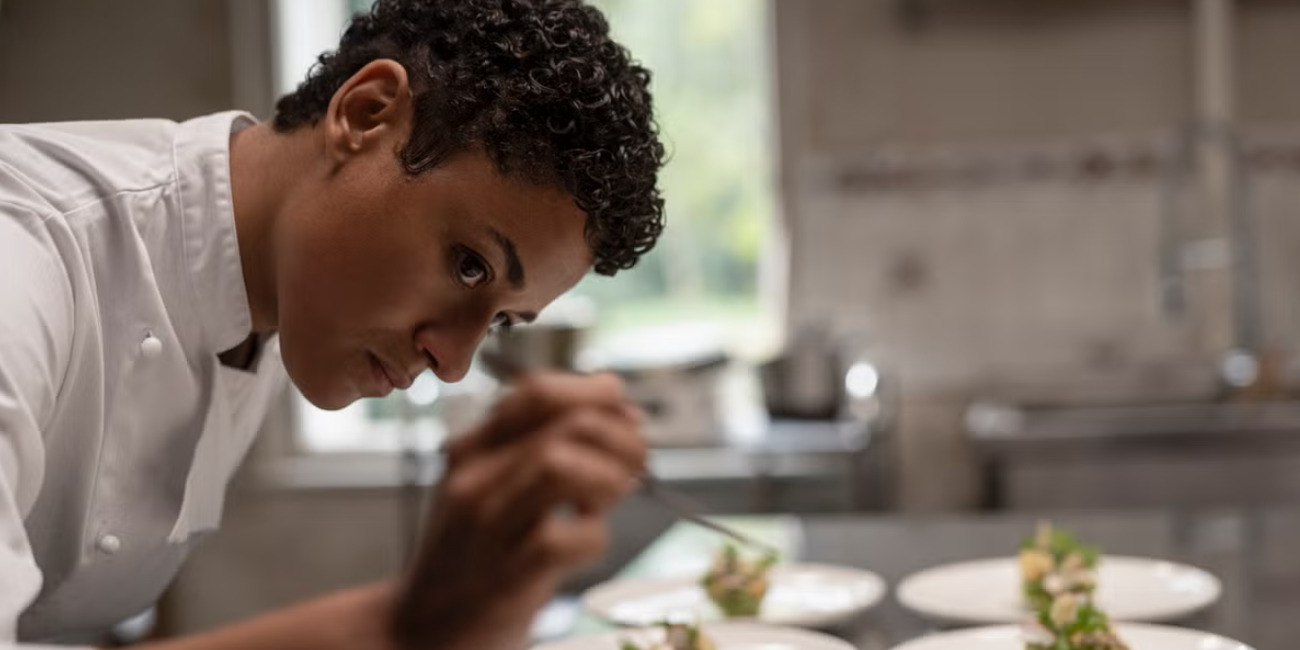
The Chef begins working on the massive amount of TLC required on the house, focusing on its fungus-infested corners and the rotting gardens out back. Simultaneously, she must also conceive an ideal menu to dazzle Andreas and his associates. After immense hard work, she fixes the house and shapes the kitchen into perfection. However, on the morning of the meeting with the investors, the Chef finds that an intrusion of roaches has made it into her dough. Worse yet, all her meal preps in the freezer have developed mold overnight. Although she attempts to cancel the meeting, she inevitably has to improvise a new menu through grocery store ingredients.
While the Chef’s dishes remain impressive and flavorful, her selection for the menu doesn’t inspire much confidence in the investors. Despite the unforeseen challenges, Andreas puts the blame squarely on her shoulders. Still, she manages to convince him to give her another chance, unwilling to give up on her dream. Naturally, the turn of events — paired with the Chef’s bleary outing into the woods the previous night — turns up the dial on her stress levels. The same remains evident as she begins working on a new recipe with Lucia as her second-in-command. Eventually, after consistently failing to develop anything revolutionary, the Chef decides to taste the peperoncino she found earlier in the garden.
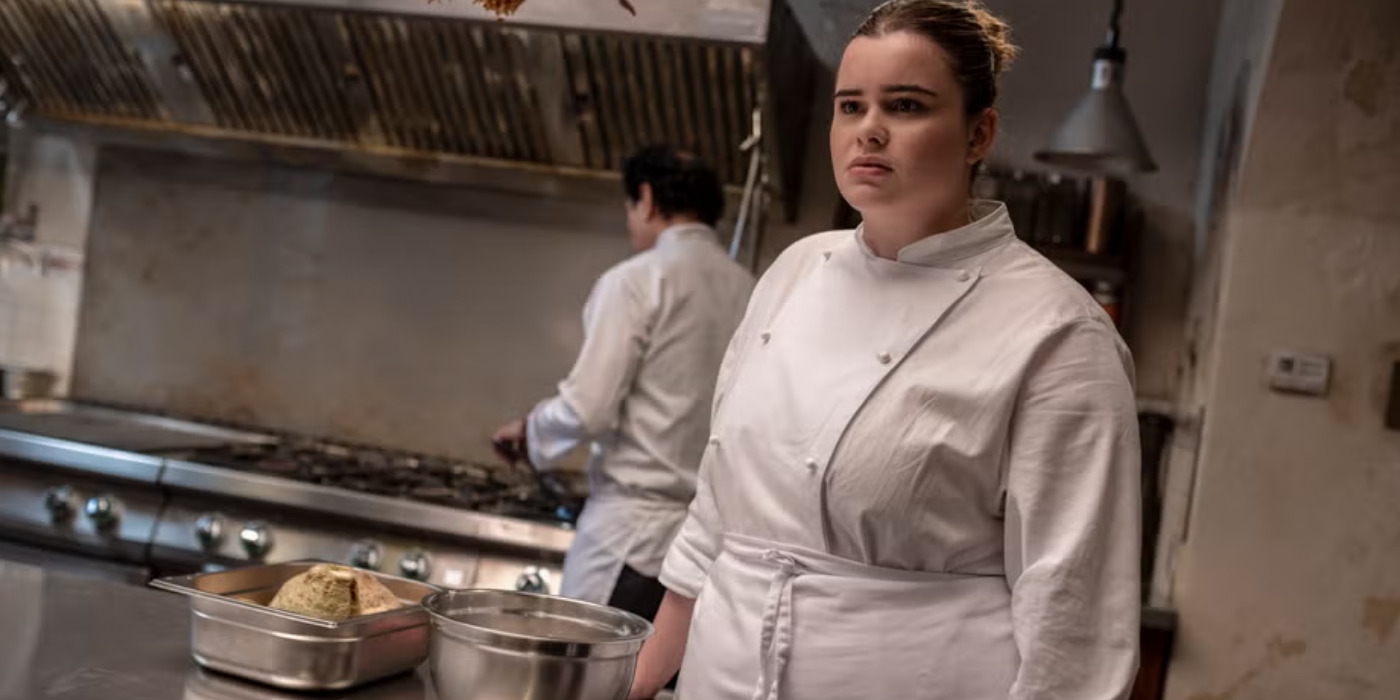
The single homegrown ingredient changes everything for the Chef, who rushes out into the garden to discover new flavors. Furthermore, she ventures out to the abandoned cabin on the lot, where the previous owner — an older lady eerily similar to the one Chef had hallucinated earlier — stashed her supplies. The Chef takes inspiration from the woman, surrounding herself and her kitchen with the garden’s plants and herbs. As she centers her cooking on homegrown vegetation, she begins incorporating toasted and grounded unconventional ingredients, including mold, in her recipes.
Miraculously, the dishes the Chef and the unwitting Lucia create with these innovative ingredients turn out to be incredibly delicious. Meanwhile, the Chef also learns more about the house’s previous owner through Alvin, a local teen. According to the town gossip, the old lady was a witch who lured women into her coven and partook in human sacrifices. Even though the protagonist rolls her eyes at the rumors, she continues to feel the old lady’s presence in the house — even encountering her spirit once. Still, despite the hurdles in her way, she manages to win over Andreas with her modified menu and looks down the barrel of her restaurant’s upcoming opening night.
House of Spoils Ending: What Happened to the Old Lady? Was She Really a Witch?
After Alvin shares horror stories of the past surrounding the old lady and her apparent witchcraft, the Chef chooses to ignore the same. However, things come into perspective after she comes across Magnus in her own kitchen. He is the previous chef with whom Andreas partnered to work at the same restaurant. Somewhere along the line, he had disappeared, and people believed he had gone mad. Therefore, the sight of him munching on his own hand in the Chef’s kitchen alerts the latter of an upcoming doom. She can recognize similar patterns in her own notes and in the other chef’s abandoned diary. Therefore, she realizes the haunted house can potentially drive her mad in time.
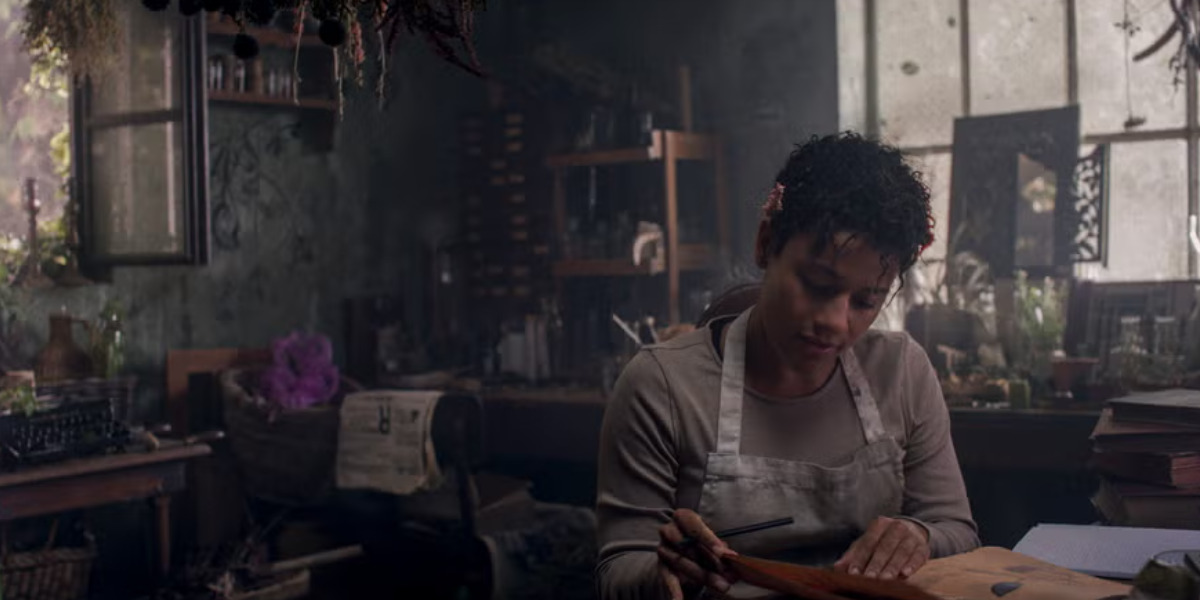
For the same reason, the Chef throws away the garden’s ingredients, planning to face the prelude dinner to opening night with substitutes. The next morning, when Lucia expresses her opposition to the same idea, the other woman tears into her with acidic words. Consequently, her kitchen deals with the occasion without a sous chef. Naturally, the stress of the same — paired with the Chef’s hallucination, which makes normal food appear rotten — leads to many issues. The night ends in a disaster, yet Andreas has no choice but to go through with the opening night. The Chef then finds herself in for a betrayal as she discovers the next morning that Andreas is replacing her with Lucia.
The confrontation between the Chef and Andreas that follows finds them in the house’s cellar, where the former’s behavior gets more and more erratic. In turn, Andreas tricks the woman and locks her up in the cellar with no way out as opening night unfolds above ground. Once trapped in the cellar, the Chef finds a narrow tunnel, where she finally unravels the mystery behind the house and its previous owner’s history. As it turns out, when Alvin proclaimed that the old lady who lived in the house in the past was a witch, he wasn’t entirely correct. Although the old lady had unconventional solutions for ailments, they were in the form of salves and balms rather than malevolent potions.
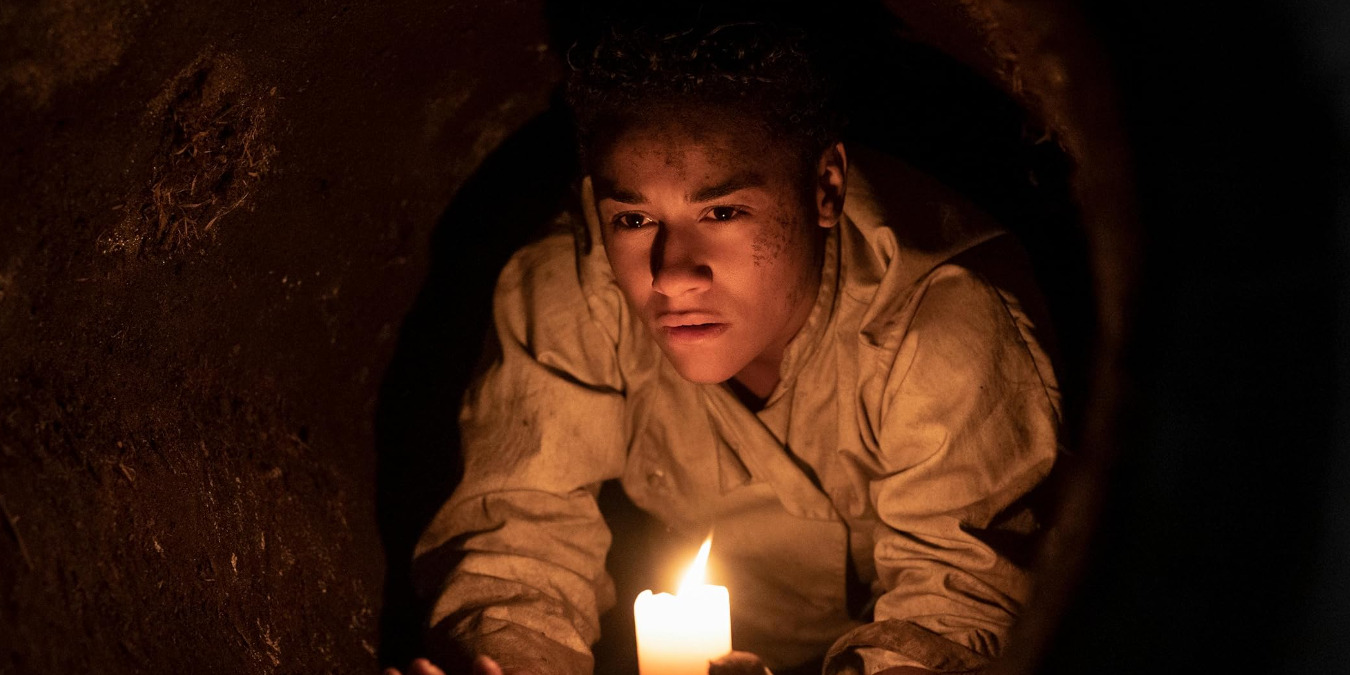
Furthermore, the coven everyone accused the old lady of fostering was simply a group of women whom she taught the secrets of her garden’s soil. With her abilities, she used to heal and cure the local women of their ailments through various herbs and fruits she grew in her garden. Although these plants had miraculous powers, the old lady’s connection to witchcraft ended there. She wasn’t an actual witch who partook in human sacrifices — or cannibalism, as the film’s opening scene suggests.
Instead, the old lady was simply fostering a community of women who could trust and depend on each other. The town labeled her as a witch for the same reason, choosing to turn to their prejudices rather than learn from the lady’s knowledge. As a result, soon enough, the townsfolk attacked the lady’s house, forcing her to hide in her cellar and flee from the crowd by mining a tunnel. Nonetheless, she ended up dying before she could escape. As such, her body remained buried underneath the property, haunting it for years to come. The Chef learns about the same when she finds herself in the same cellar, crawling up the same tunnel. Once she finds the lady’s dead body, her memories rush into the former’s head, signifying that even though the lady wasn’t a witch, she wasn’t short on magic either.
Does the Restaurant Shut Down? Does the Chef Get Fired?
While the Chef undergoes a drastic adventure of her own in the house’s cellar, the guests of the opening night see a similarly tumultuous night unfold at the restaurant. Lucia and the kitchen visibly struggle in the absence of the protagonist and the ingredients that initially fostered confidence from Andreas and the other patrons. In fact, Marcello, the Chef’s old boss, also arrives to taste his protégé’s apparent excellence, but he is let down by reality. Therefore, even without any supernatural interference, the restaurant seems to be well on its way to making the opening night its only night as a fine dining destination.
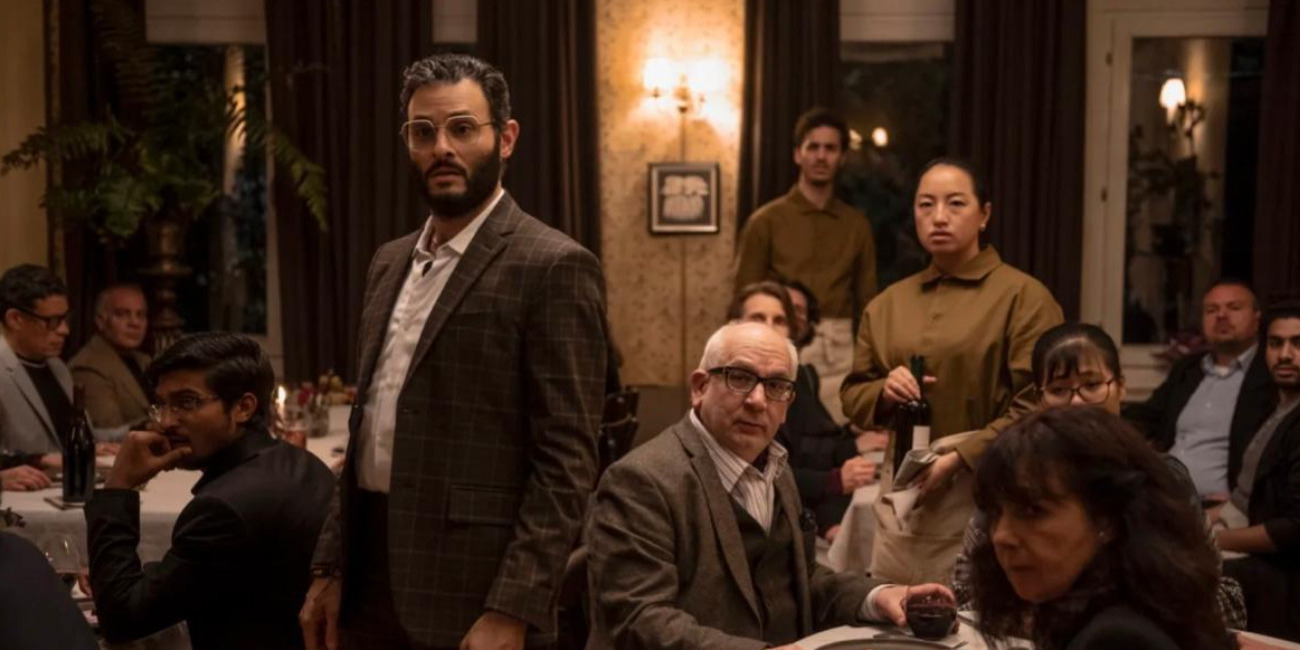
However, things take a turn when the Chef — having clawed her way out of the underground tunnel — enters the restaurant with renewed vigor. Throughout the film, she has been concerned with appealing to others, mainly Andreas and the investors. In doing so, she had forgotten the real joy behind the craft of cooking. In fact, the only time she isn’t visibly weighed down by stress is when she’s brainstorming the menu with Lucia, allowing her creativity to fly. Nevertheless, the same is short-lived as the Chef’s desire to appeal to her contemporaries overtakes her conscience.
Therefore, now that the Chef has realized even her most dogged attempts won’t be appreciated by the likes of Andreas — and his like-minded “fine dining” crowd — she is ready to put on an actual show. Naturally, in the wake of her newfound respect for the old lady, the show lies in the authentic love for food and flavor that exists without any invented glamor. Consequently, after the Chef asserts her presence in the restaurant, she retreats to the outdoors and prepares a giant bonfire. Her intention remains clear: the Chef plans to cook out in the open right in front of the underwhelming kitchen that had thrown her out.
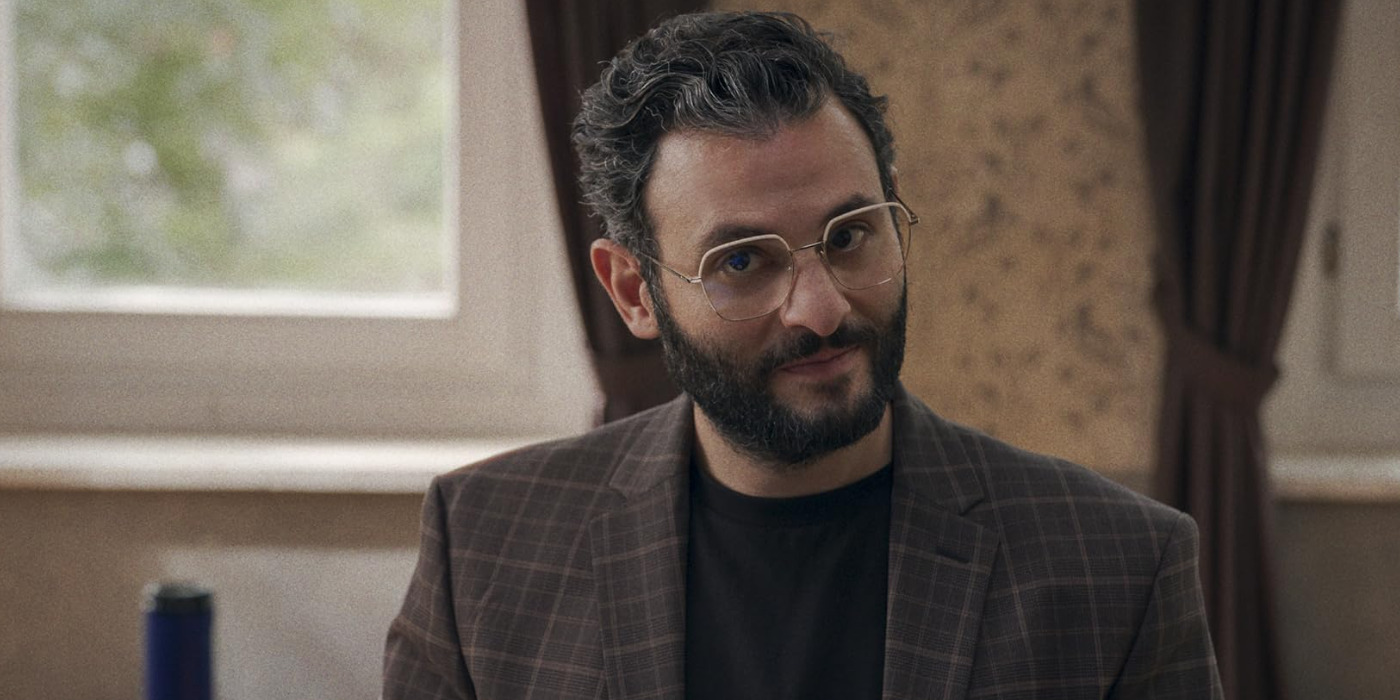
The Chef’s actions catch many people’s attention, including Andreas, who decides to help her in a last-ditch effort to save his uninspired restaurant. As such, the chefs come out to set up grills in open embers, and the kitchen cooks up an untamed, authentic meal. Andreas has been obsessed with building a fine dining experience from the start. Nonetheless, his restaurant only finds actual acclaim when it succumbs to the nature that surrounds it. Consequently, in the end, the restaurant survives the opening night and transforms into something revolutionary. Considering the instrumental part the Chef plays in this development, it is safe to assume that she will undoubtedly be a part of the establishment’s future.
What Does the Chef’s Smile Signify?
Although the film wraps up most of its mysteries by the end, it leaves the viewers with a departing puzzle in its last shot. After preparing the bonfire, the Chef cooks up her self-hunted rabbit and feeds her merry patrons. The particular shot finds her luxuriating in her newfound freedom. As the protagonist bites into a fruit — a symbol of the Old Lady’s coven — she smiles as if communicating directly to the audience. Thus, the scene is bound to raise questions. At its core, the film remains a commentary on the toxic masculinity that overpowers the culinary and other industries.
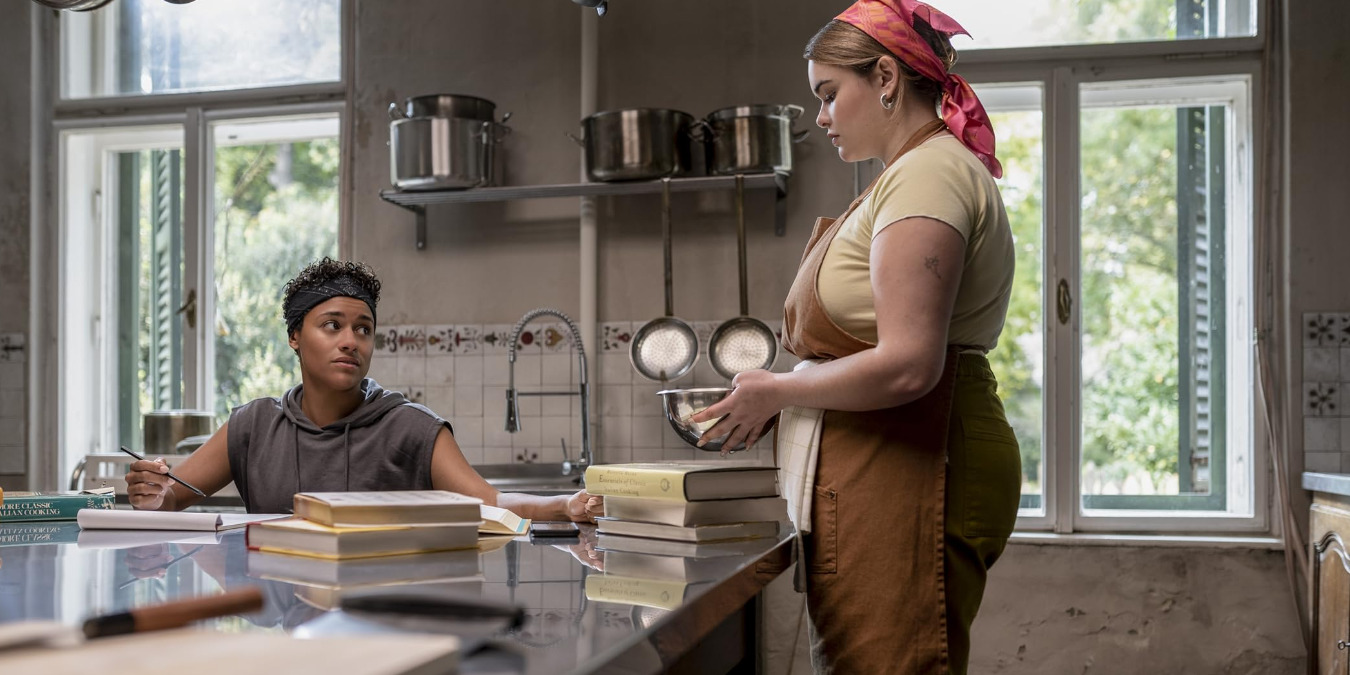
Whenever the Chef feels out of control, she falls back on the behavior that Lucia aptly labels “macho posturing” so that others can take her seriously. Interestingly, Lucia, the only other prominent woman in the kitchen, is the only one who falls victim to this behavior. Inversely, the Chef is at her best when she’s interacting with the craft from a place of pure creativity, willing to dip her toes in every mystery. Nonetheless, even this method comes with syrupy pitfalls, as it stokes the fires of the Chef’s delirium under the haunted house’s spell. Even though the old lady isn’t quite as villainous as one would assume, her spirit isn’t without its faults either.
The old lady’s spirit consistently tricks the Chef into “feeding the soil” and maintaining its alluring garden to the point of driving the other woman to insanity. Likewise, it had previously driven Magnus mad when the man hadn’t been able to give into it the way the Chef could. Thus, the true answer to the craft never existed in the “wild feminine” approach. Instead, it remains somewhere between the two, signified by muddy, bloodied hands and an open flame underneath the moonlight.
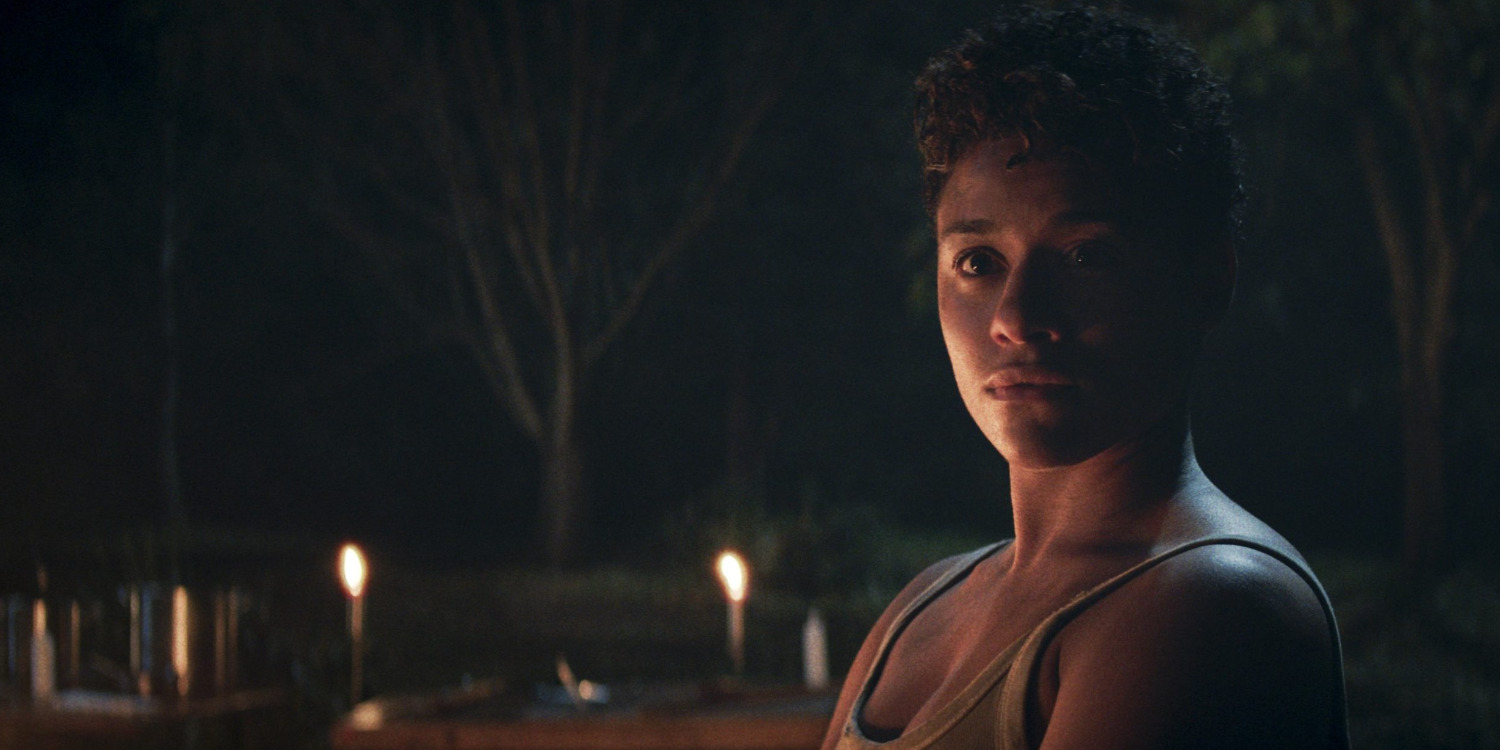
The Chef’s final smile signifies the same escape from extreme binaries, conveyed through breaking the fourth wall. Additionally, it can also hold a number of other meanings, such as a sign of Chef’s cockiness at her win or persisting mania under the haunted house’s influence. Inversely, the meaning changes if one interprets the smile to be directed towards the lady and her departed spirit rather than the audience. Despite their opposing roles within the narrative, the Chef and the Witch—two of the only characters in the story without actual names—end up paralleling each other more often than not.
In fact, the Chef’s final predicament inside the cellar and venture through the tunnel almost perfectly mirrors the Witch’s final predicament in the same cellar. Therefore, a thread of unity persists between the two women, who had become similar victims of different circumstances. However, unlike the Witch, the Chef manages to come out of the situation on the other side. As such, her parting smile into the camera could be an acknowledgment extended toward the Witch’s departed soul as a sign of solidarity. Either way, the action presents a moment of completion, pulling the curtain down on the protagonist’s journey. Ultimately, the film leaves enough clues to ensure the exact context is open to the audience’s interpretation.

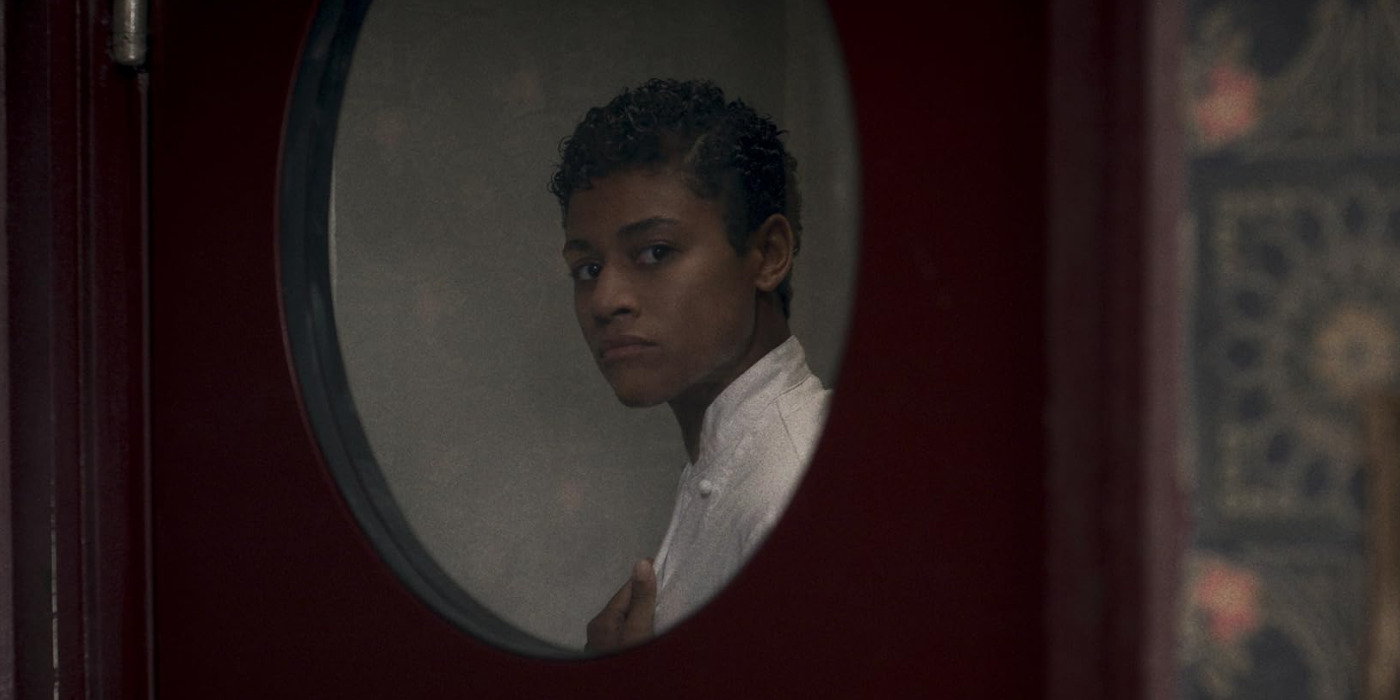
You must be logged in to post a comment.